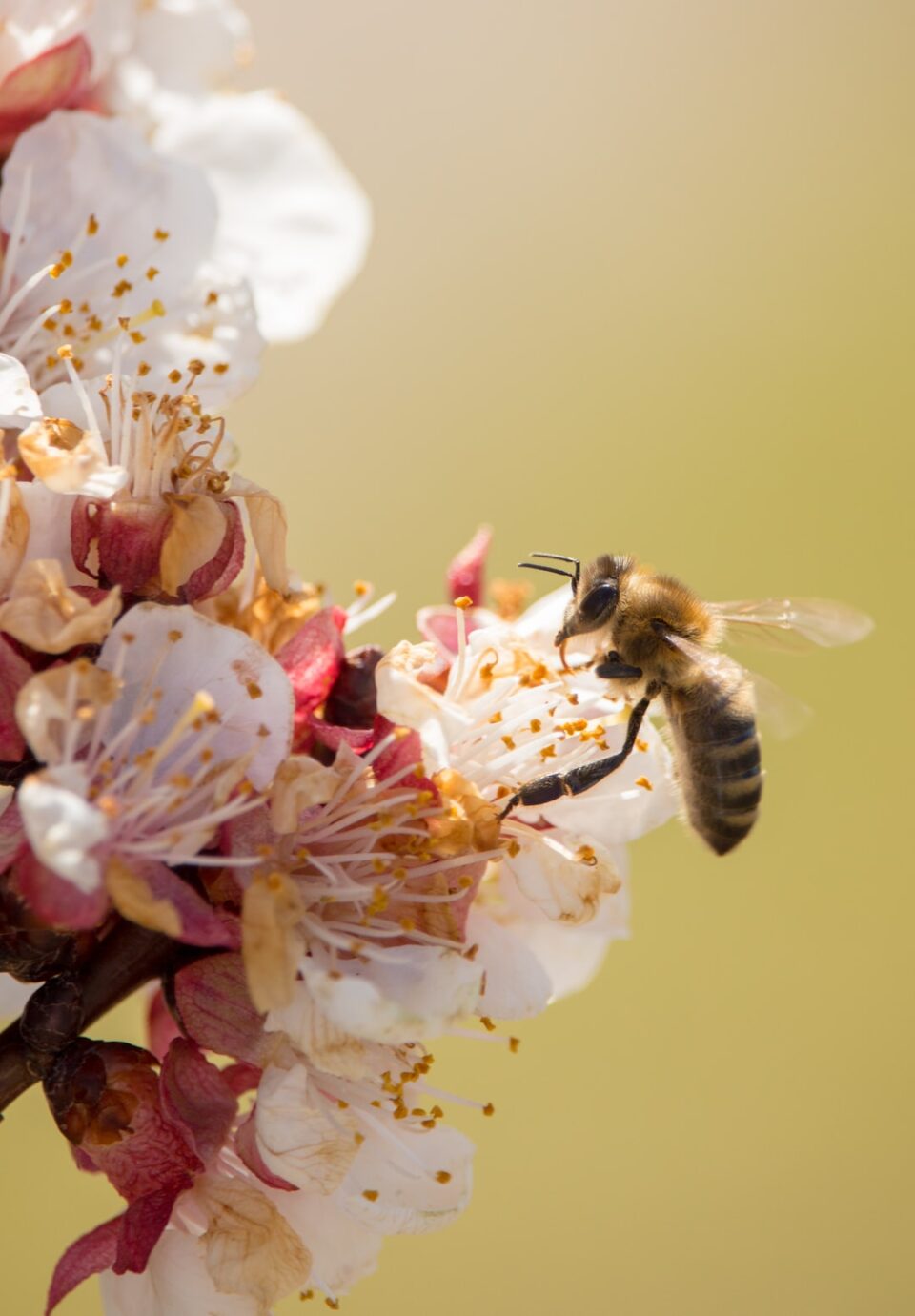Natural Animal Defenses: Understanding how animals protect themselves in the wild
The animal kingdom is abundant with a wide variety of species, each with its own unique set of characteristics and survival strategies. One of the most fascinating aspects of these creatures is their ability to protect themselves in the wild. From camouflage to physical adaptations, animals have developed a plethora of defense mechanisms to ward off predators and ensure their survival. Understanding these natural defenses not only enriches our knowledge but also allows us to appreciate the marvels of the animal world.
Camouflage is one of the most common defense strategies employed by animals. Countless species have developed the ability to blend seamlessly into their surroundings, making it difficult for predators to spot them. For example, the leafy seadragon, a close relative of the seahorse, has intricate appendages resembling seaweed, allowing it to blend in perfectly with its habitat. Similarly, the snowshoe hare in the Arctic has fur that changes color according to the seasons, providing it with remarkable camouflage in both snowy and forested environments. This ability to blend in ensures that these animals can go about their daily activities without attracting unwanted attention.
Some animals have taken camouflage to the next level by doubling as a mimic. This defensive strategy involves imitating another organism, whether it be a plant, animal, or even an inanimate object. One of the most famous examples of this is the praying mantis. With its long, slender body and its ability to remain still for hours, the mantis can easily be mistaken for a blade of grass or a twig. By mimicking its environment, the mantis successfully avoids detection and maximizes its chances of survival.
While blending in and imitating may work for some animals, others rely on physical adaptations to defend themselves. The hedgehog is a prime example of an animal with a unique and effective defense mechanism. When threatened, it curls itself up into a tight ball, exposing only its spiky exterior. This prickly defense system acts as a shield against potential predators, deterring them from making a meal out of the hedgehog. Similarly, the porcupine displays a similar mechanism by raising its quills, which are detachable and barbed, making them a formidable deterrent.
Venom is another natural defense mechanism that various animals have evolved to possess. Venomous creatures like snakes, spiders, and scorpions produce toxins that can immobilize or even kill their attackers. The cobra, identified by its iconic hood and venomous bite, is one of the most well-known venomous snakes. The venom injected through its fangs can disable the nervous system of its prey or enemy, ensuring the cobra’s survival. However, it is worth noting that not all venomous animals utilize their venom to actively defend themselves, as some only employ it for capturing their next meal.
In addition to these defense mechanisms, animals also rely on speed, agility, and warning signals to protect themselves from potential threats. The cheetah, for example, is the fastest land animal, enabling it to outrun most predators. The bright colors of poison dart frogs and certain butterflies act as a signal to potential predators that they are toxic or distasteful, prompting predators to avoid them.
Understanding and appreciating the natural defenses of animals not only exhilarates our curiosity about the world around us but also emphasizes the astounding diversity that exists within the animal kingdom. Protecting themselves from predators and ensuring their survival, these fascinating creatures have adapted and evolved in remarkable ways. As we continue to explore and study nature’s wonders, it is essential to foster a sense of respect and admiration for the extraordinary defense mechanisms that allow animals to thrive in the wild.


